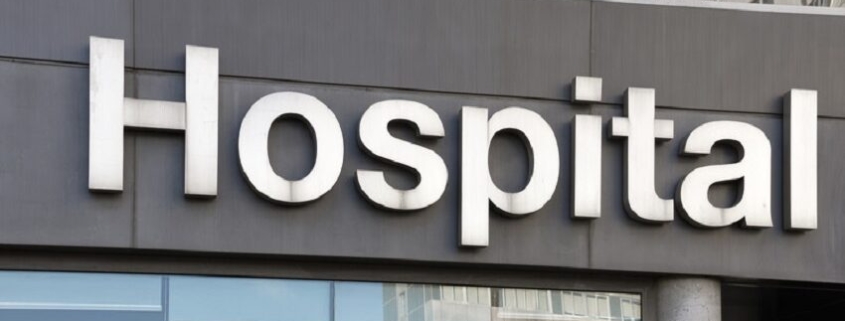Medical Office Buildings Continue To Stoke Net Lease Investors’ Interest
Medical office buildings have emerged as a favorite among investors interested in single-tenant net lease opportunities, according to a new report from Colliers.
Overall, the STNL space posted strong performance in the first half of 2022 and hit a historic high of $40.1 billion in investment sales, according Colliers. However, volume in Q2 fell 35% over Q1 numbers and 17% year-over-year.
Despite that, the medical sub-sector remains strong. Colliers’ Jay Patel cites as one reason “predictable” cash flows and the price range on assets that appeals to both institutional and private investors alike. In addition, there’s COVID-19:
“Pandemic investors flocked to the medical office sector for its perception as a safe, interest- resistant and now pandemic-resistant asset,” Patel says. “During the pandemic, investors were eager to snatch up anything medical-related regardless of lease term, credit, and location.”
Construction pipeline delays have also contributed to an ongoing chasm between supply and demand, which has compressed cap rates.
“Net lease has also risen due to the ongoing supply chain disruptions, slowing the delivery of new product,” Patel says. “This has pushed more healthcare tenants to consider alternative space solutions like the adaptive reuse of traditional office or retail properties.”
Of course, the capital markets have changed this year — and medical office isn’t immune to those shifts. Patel notes that “while capital is still being deployed, investors are no longer scooping up just anything that’s healthcare assets.”
“Buyers are now taking a closer look at credit, lease terms and location. With inflation looming in everyone’s mind, assets that have strong rent increases are experiencing stronger activity,” Patel says. “To bridge the gap for investors that are feeling the burden of this rising interest rate environment, many developers and sellers are starting to shift pricing, which is creeping back toward pre-pandemic standards.
Colliers Julie A. Johnson predicts the asset class will continue to be strong in the near future despite rising capital costs.
“The past several years have been banner years for investors with historically low cap rates and many more buyers in the market than sellers,” Johnson told GlobeSt.com in an earlier interview. But “medical office buildings will continue to be strong with not only the increase of the senior population but also the population increase in many markets, specifically the Sun Belt cities.”
Patel says good lease terms and credit will be critical moving forward into 2023. While previously just one of those elements was needed to sell a property.
“Today’s market conditions necessitate all three factors carrying equal importance when appealing to investors,” Patel says.
Source: GlobeSt.




